On April 7, 1948, the World Health Organization (WHO) was officially created as a specialized agency of the United Nations.
The idea for this international health organization was first suggested by Dr. Szeming Sze, a Chinese delegate to the 1945 United Nations Conference. While Sze’s initial resolution failed, the conference’s secretary general Alger Hiss recommended they create a declaration to establish the organization. Sze and his supporters lobbied and succeeded in getting a declaration calling for an international conference on health.
The conference was held the following year. On July 22, all 51 member countries of the UN, as well as 10 other countries, signed the World Health Organization Constitution. This made the WHO the UN’s first specialized agency to be supported by every member nation. They specifically chose the word “world” instead of “international” to stress the global nature of the organization. Their goal was, and still is, “…the attainment of all peoples of the highest possible level of health.”
The WHO’s constitution went into effect on April 7, 1948, when it was ratified by the 26th member state. Since then, April 7 has become known as World Health Day. The World Health Assembly met that year, secured a $5 million budget, and established its major priorities. The first issues were to reduce the spread of malaria and tuberculosis, improve mother and child health, nutrition, and hygiene.
In 1959 the WHO decided the technology was available to eliminate the terrible disease smallpox. At that time, vaccinations had eliminated smallpox in Europe and North America. In South America, Asia, and Africa vaccinations had brought the disease under control – but cases were still somewhat common. By 1980, the WHO was able to declare that smallpox no longer existed anywhere on earth. A set of “Global Eradication of Smallpox” stamps was issued to commemorate this effort in 1978.
The WHO coordinates international efforts to combat outbreaks of infectious diseases. But much of the group’s attention is also given to research and education. This applies not only to diseases, but also in emergency response to both natural and man-made disasters. It helps build better health systems throughout the world. Prevention of disease is the key goal of WHO. It works with governments to provide safe drinking water, adequate sewage disposal, and immunization against childhood diseases. The World Health Organization also helps in medical research.
Stamps issued for World Health Day 2018, which celebrated WHO’s 70th birthday:
Click here to learn more on the WHO’s website.
Click here for more stamps honoring the WHO.
| FREE printable This Day in History album pages Download a PDF of today’s article. Get a binder or other supplies to create your This Day in History album. |
Discover what else happened on This Day in History.


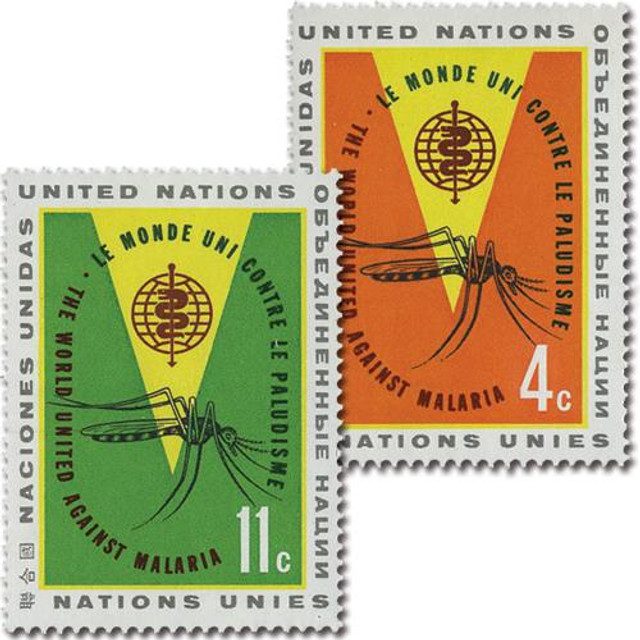
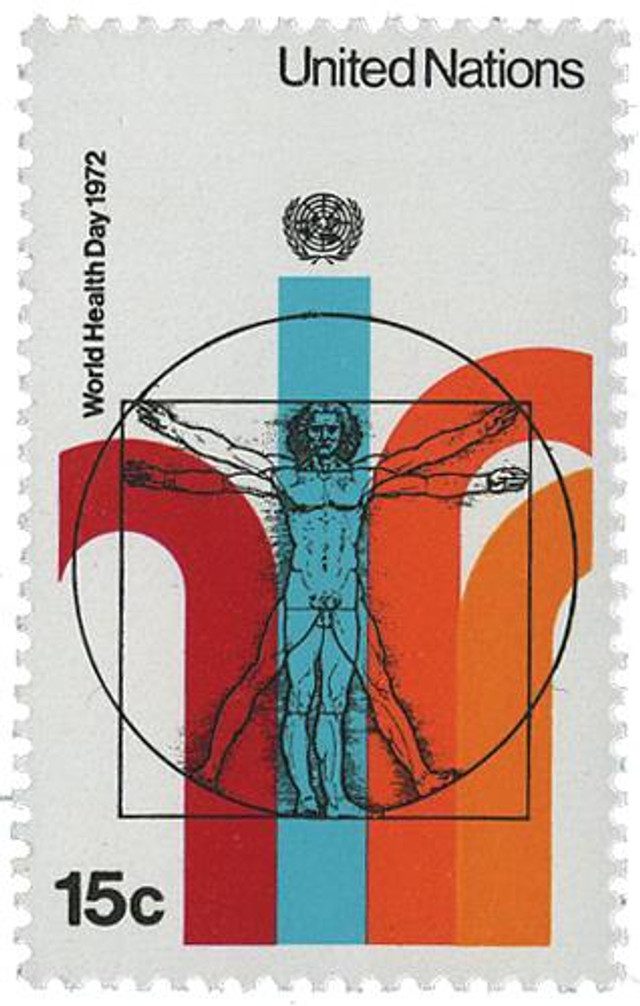
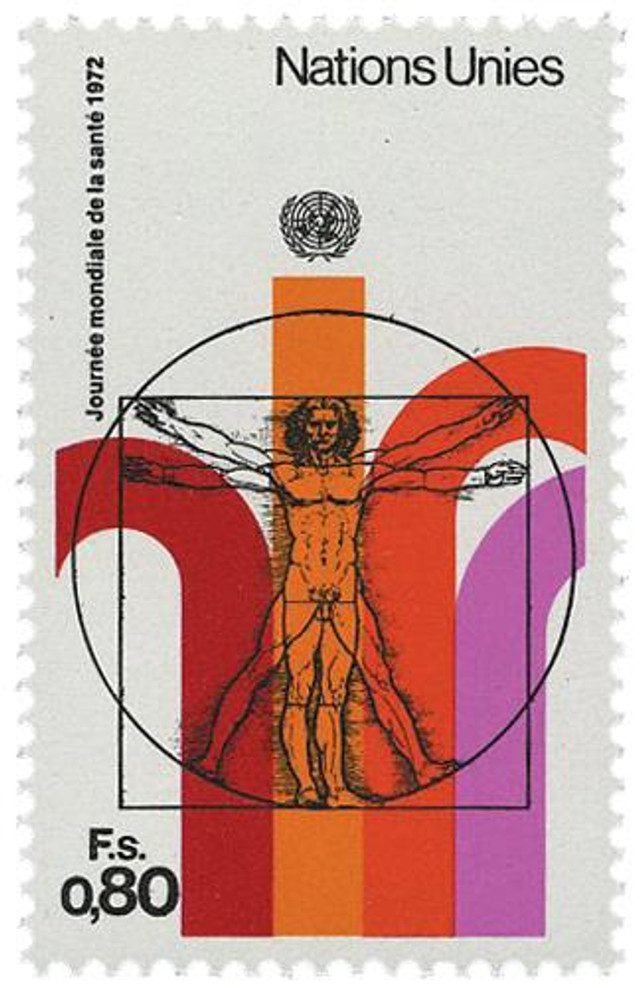
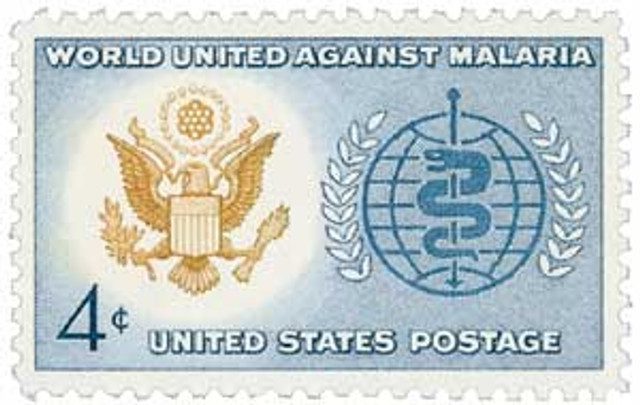
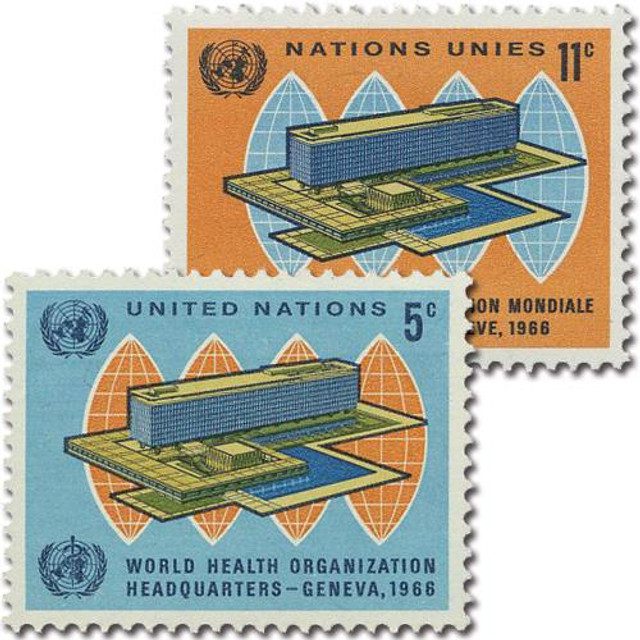
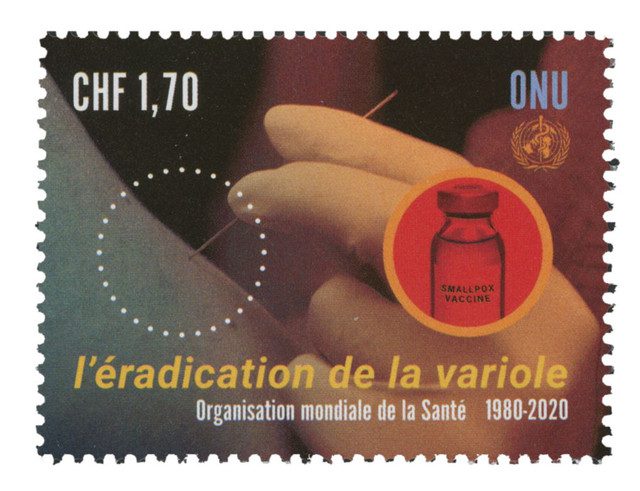
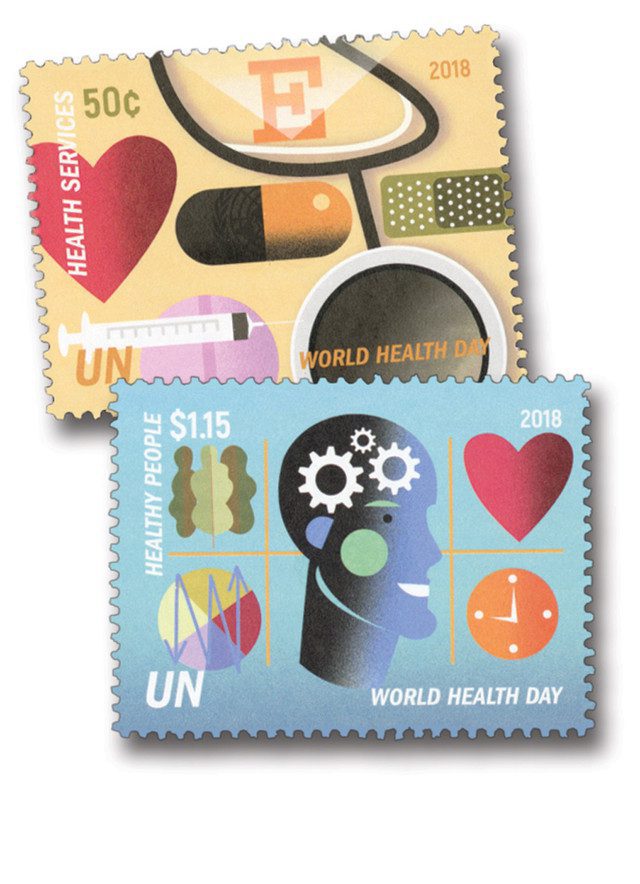
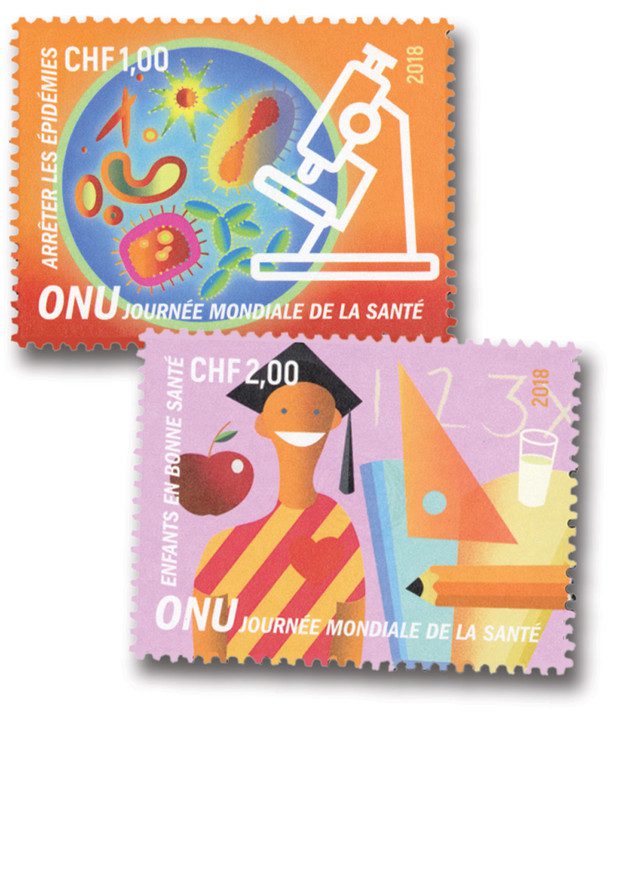
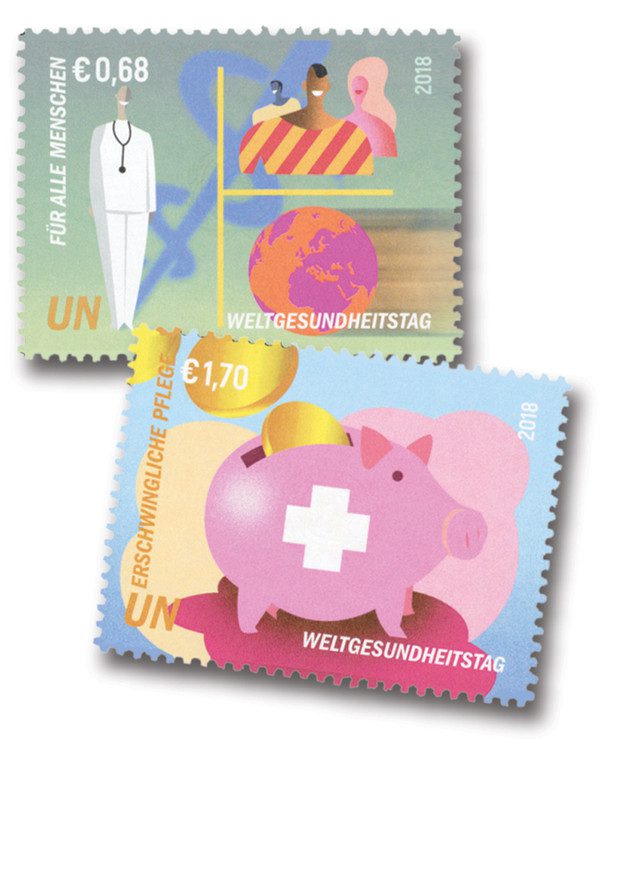
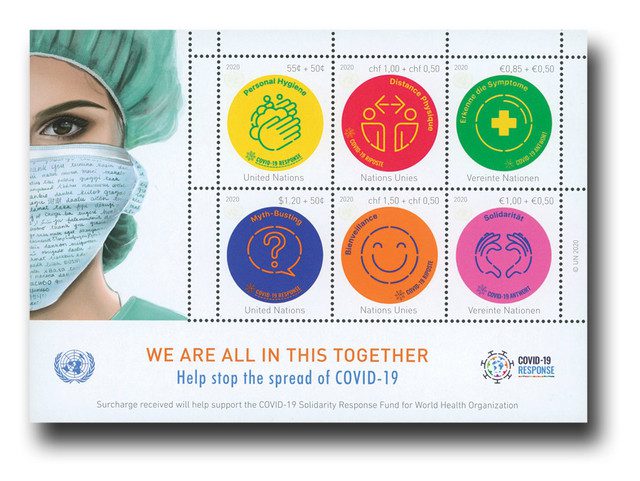
In today’s ?modern? world it us important to focus on the needs of the very poor and destitute, those that may not have the resources to provide for themselves. The WHO attempts to do this, and while not perfect, it is the ideal international agency to undertake the many challenges of developing systems and processes that address the health and welfare of those who cannot fend for themselves. Kudos to Mystic for shining a light on this group.
I’m sorry Dave…I just think the UN needs a major overhaul. I agree with helping the poor and destitute, I just think the UN has a hard time doing just about anything. In my humble opinion the UN is broke.
The United Nations definitely is not the most promising of organizations, after all it is made up of member nations that are sovereign and autonomous, each with its own agenda ~~ look at the current Syria situation with poison gas and the US bombing. Yet, the UN still remains our best hope for Global Unity and civilized humunity efforts toward peace, as long as it’s Ambassadors are willing to talk, and it’s representative governments are willing to take supportive actions. It’s a stretch, yes, and maybe even an unreachable ideal; but what is the alternative?
I mean just look at individual nations’ messiness in dealing with internal problems if you want to talk about being non-functioning; US Congress, England’s Parliament, BREXIT, etc.
Thank you for an informative article, as always. I noted that nothing was mentioned about the symbol of the WHO. It appears to be made to resemble the bronze serpent on a staff that Moses fashioned. All of the children of Israel that looked on it, were healed from being bitten by the fiery serpents. Since this was in 1948, I suppose it was ok to use this deep religious reference. Any thoughts or reference to this theory?
The symbol is the Rod of Asclepius, Asclepius being a god of healing in Greek mythology.